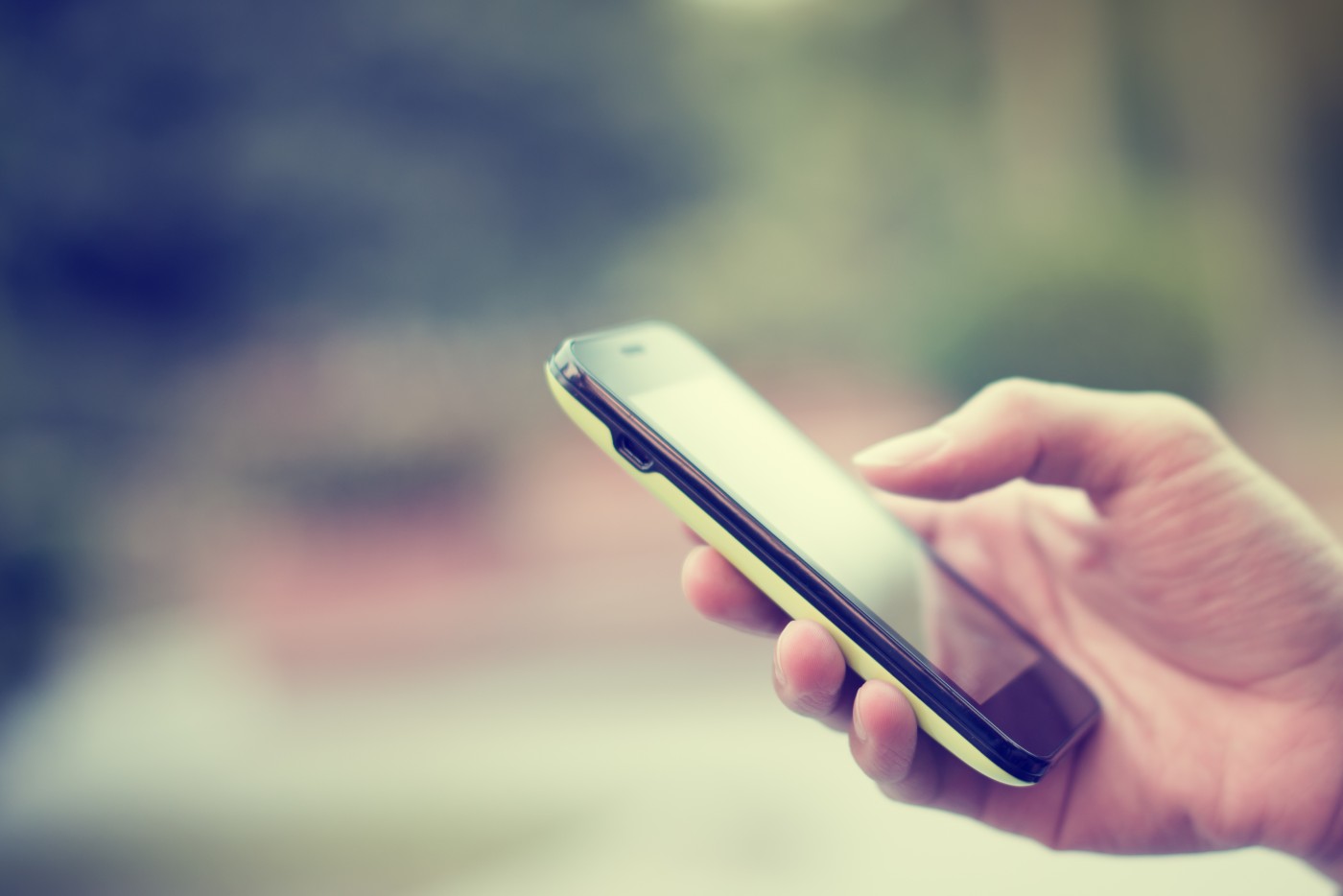Pilot Study Demonstrates Feasibility of Gaucher Monitoring with Cell Phones
Written by |

Mobile phone-based monitoring may allow for better measurement of how Gaucher disease affects the lives of those who have it, a new pilot study reports.
The investigators suggest that such monitoring also might allow healthcare providers to improve personalized care, and could be useful in research.
Titled “Measuring disease activity and patient experience remotely using wearable technology and a mobile phone app: outcomes from a pilot study in Gaucher disease,” the study was published in Orphanet Journal of Rare Diseases.
Measuring the severity of one of the three types of Gaucher disease a person has is necessary for proper medical care and treatment to be provided. It’s also critical for clinical trials — after all, if one can’t measure how bad a disease is, it’s hard to say whether an investigational treatment has helped at all.
Generally, disease severity is assessed by a clinician during a visit to the doctor or hospital. But this sole assessment at a single moment in time — a snapshot — cannot fully encapsulate what patients experience throughout their day-to-day lives.
This has led to an interest in monitoring using cell phones, which can provide information as people move through their lives. In this pilot study, researchers tested out such a strategy for people with Gaucher disease.
They used an app called Aparito, made by the company of the same name, which helped carry out the study. The app allowed patients to record “events” — from bone pain to sleep issues to diarrhea — as they were experienced.
In addition, the app synced up to a wearable fitness tracker, which measured the steps each patient walked. The researchers suggested the data generated could be extrapolated as a general indicator of physical activity and, by extension, disease severity — less Gaucher-related impairments, so less-severe Gaucher disease.
The app and sensor were given to 21 people with Gaucher disease, ages 5 to 48. For the youngest participants, the apps were on their parents’ phones. The study participants then went out into the world and about their daily routine, recording data for anywhere from two weeks to a year.
The researchers recorded step data for all but three of the participants, averaging 31.19 days worth of data per patient. They noted a few interesting correlations in this data. For one, the Gaucher patients with more severe bone disease tended to take fewer steps per day.
In addition, participants with neurological Gaucher disease (nGD), specifically those with Types 2 and 3, tended to take fewer steps per day than those with Type 1, which doesn’t affect the nervous system.
A total of 210 disease-related “events” were reported by 13 of the participants — with a range from one to 102 events reported per patient. The most commonly reported event was bone pain, which accounted for 48% of all reported events. The investigators noted that these reports came primarily from two participants, one of whom had severe bone disease. The other, the researchers said, “has relatively minimal objective evidence of bone disease but was the highest app user.”
The researchers stressed, however, that seven of the nine participants with nGD reported bone pain at least once, “indicating that this is a significant disease feature across the cohort, even though it might be over shadowed by other clinical manifestations.”
Zeroing in on the participant who was the highest app user — identified as patient 005 — the researchers noted that this individual’s use of the monitoring system was an illustration of how the technology can give a holistic picture of patient health. They noted, for example, that a period of low step count was linked with patient-reported difficulty joining in activities, struggles completing daily tasks, and poor sleep. This, the researchers said, gives an “objective illustration of the overall picture for clinical staff to see.”
The researchers also solicited feedback from participants about their use of the device. They noted that, “since this pilot study there have been significant changes to the underlying technology, with the aim to simplify and improve the user experience.”
This included changes to both the app and the sensor. In addition, some participants — most notably young adults — reported a desire to have more access to their own information, essentially a “symptom diary.” The researchers had deliberately avoided putting such a feature in the app originally, “so as to limit the exposure of unfiltered raw data to patients.” However, they suggest this may be an avenue worth exploring.
Overall, this study demonstrates the feasibility of this kind of patient monitoring for Gaucher disease, the investigators said. Further research will be needed to continually improve the technology and to figure out how the data collected can be most effectively applied, both in clinical practice and in research.


